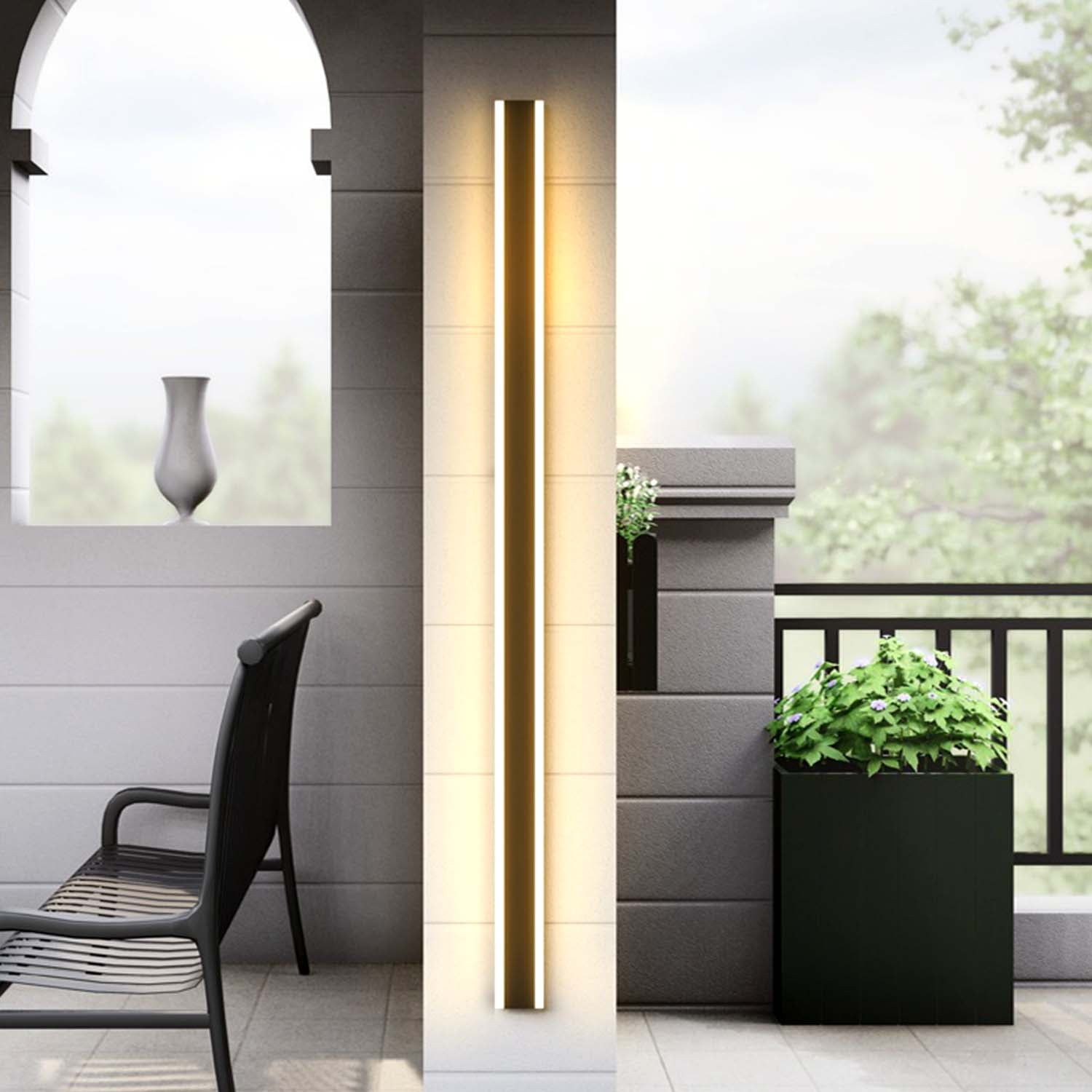Understanding the Common Reasons of Light Emitting Panel Unit Failure
Wiki Article

LED panel panels are commonly utilized in various settings, ranging from advertisements to home cinemas. These panels are popular because they deliver bright and dynamic visuals while being energy-efficient. However, like all electronic devices, LED panel screens can experience failures. Comprehending the common causes of these malfunctions is crucial for maintaining their performance and ensuring durability. This piece examines several critical factors that can lead to the malfunctioning of LED wall panels.
One of the primary frequent causes of failure in LED panel panels is excessive heat. LED systems generates heat during operation, and if this heat is not adequately controlled, it can harm internal components. Poor ventilation or inadequate cooling mechanisms can exacerbate the problem. When the heat rises beyond the recommended levels, it can lead to diminished brightness, color deviation, or total failure of the panel. Regular care, including cleaning air vents and ensuring adequate ventilation, can assist prevent overheating and extend the life of the panel.
Another significant factor contributing to LED wall panel failure is power surges. Variations in the power supply can cause damage to electronic components within the panel. Sudden spikes in voltage can lead to blown fuses or faulty circuits, resulting in malfunctioning displays. Using surge protectors and voltage regulators can reduce this threat by normalizing the electricity supply and safeguarding sensitive digital components. Ensuring that the electrical system is up to code and able of supporting the power requirements of the panel is also critical.
External conditions play a crucial role in the performance of LED wall screens. Contact to harsh temperatures, moisture, or dust can negatively impact their functioning. For instance, high humidity can lead to moisture buildup inside the screen, which can result in short circuits or damage of internal parts. Similarly, excessive dust accumulation can block airflow and result to overheating. Placing LED screens in controlled environments and regularly maintaining them can assist preserve optimal performance go to website and prevent failures.
Additionally, manufacturing flaws can result to early malfunctions in LED wall panels. Quality control during manufacturing is crucial to guarantee that each panel meets industry standards. Faulty parts or poor construction can result in issues such as dead pixels or uneven brightness. It is important for buyers to buy LED wall panels from trusted manufacturers that provide guarantees and see here now service. This ensures that any potential defects can be addressed quickly, reducing downtime and frustration.
In conclusion, understanding the frequent reasons of LED wall panel failure can help consumers take preventive measures to ensure their longevity and functionality. By tackling overheating, safeguarding against power spikes, considering external conditions, and choosing quality products, consumers can greatly reduce the risk of malfunction. Regular care and knowledge of these factors will lead to a superior experience with LED wall screens, regardless for personal or professional application.